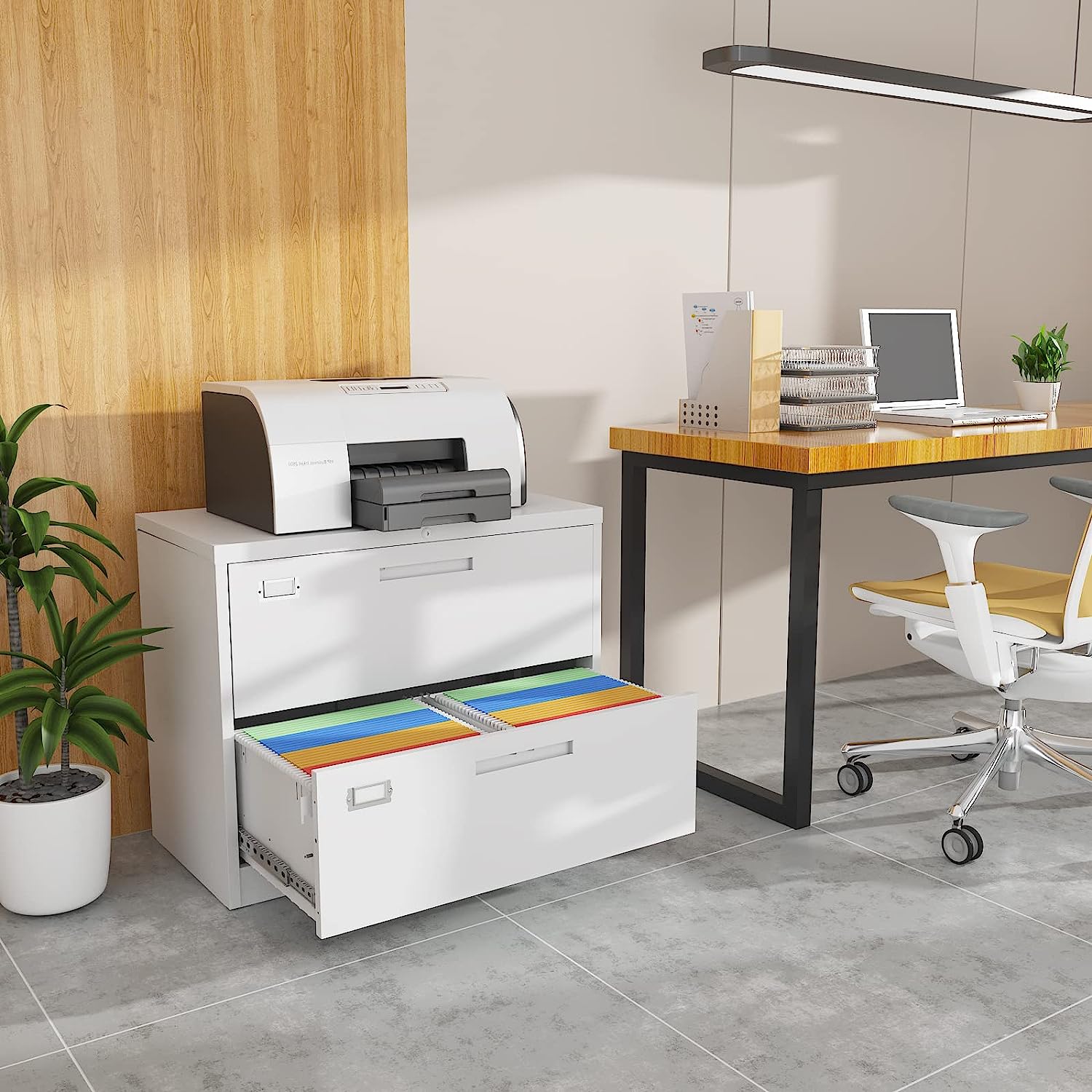

Articles
What Is A Lateral File Cabinet
Modified: January 18, 2024
Looking for efficient office storage? Discover the benefits and features of lateral file cabinets for organizing your workspace.
(Many of the links in this article redirect to a specific reviewed product. Your purchase of these products through affiliate links helps to generate commission for Storables.com, at no extra cost. Learn more)
Introduction
A lateral file cabinet is an essential piece of furniture for organizing and storing files in an office or home setting. It offers a convenient and efficient way to keep documents secure and easily accessible. With its horizontal design and wide drawers, a lateral file cabinet maximizes storage space while providing a sleek and professional appearance.
Whether you are a business professional, a student, or a homeowner, a lateral file cabinet can greatly simplify your filing system and help you stay organized. In this article, we will explore the definition of a lateral file cabinet, its key features, the benefits of using one, different types available, factors to consider when choosing a lateral file cabinet, tips for organizing files, and how to properly maintain and care for your cabinet.
Key Takeaways:
- Lateral file cabinets offer efficient organization, ample storage space, enhanced security, and visual appeal, making them essential for any office or home environment.
- When choosing a lateral file cabinet, consider factors such as size, file compatibility, security, and durability to meet specific filing and storage needs effectively. Regular maintenance and care ensure longevity and optimal performance.
Read also: THE 10 BEST Lateral Filing Cabinets for 2024
Definition of a Lateral File Cabinet
A lateral file cabinet is a type of filing cabinet that is designed to store files horizontally. Unlike vertical file cabinets, which have drawers that extend from front to back, lateral file cabinets have drawers that extend from side to side. This unique design allows for easy access to files without the need to reach deep into the cabinet.
Lateral file cabinets are typically made of durable materials such as steel or wood, ensuring long-lasting durability and protection for your important documents. They come in various sizes, with two to five drawers available, providing ample storage space for files of different sizes.
One of the defining features of a lateral file cabinet is the ability to accommodate both letter- and legal-sized documents. The wide drawers can support files that are placed side by side, making it easier to find and retrieve specific files when needed. Additionally, lateral file cabinets often feature a locking mechanism, providing enhanced security for sensitive or confidential information.
Another advantage of lateral file cabinets is their versatility in placement. They can be positioned against a wall, under a desk, or even used as a standalone piece of furniture. This flexibility allows you to optimize your office or workspace layout according to your needs and preferences.
Overall, a lateral file cabinet is a practical and efficient storage solution designed to streamline your filing system. Its horizontal orientation, spacious drawers, and compatibility with different file sizes make it an ideal choice for organizing and accessing your documents with ease.
Features of a Lateral File Cabinet
Lateral file cabinets come with a range of features designed to enhance functionality and ease of use. Understanding these features can help you choose the right cabinet that suits your specific needs. Here are some key features to consider:
- Drawer Size and Capacity: Lateral file cabinets are available in various sizes, with two to five drawers being the most common. Consider the amount of files you need to store and choose a cabinet with enough capacity to accommodate your needs.
- File Compatibility: Lateral file cabinets are designed to hold both letter- and legal-sized documents. Check that the cabinet you choose has adjustable rails or hangrails that can be set to accommodate your preferred file size.
- Drawer Suspension: Look for lateral file cabinets with smooth-glide suspension systems. This feature ensures that the drawers open and close smoothly and effortlessly without jamming. Ball-bearing or roller slides are commonly used for this purpose.
- Security: Security is a crucial consideration, especially if you need to store confidential or sensitive information. Many lateral file cabinets come with built-in locks that provide added protection. Look for cabinets with secure locking mechanisms to keep your files safe.
- Construction and Durability: Lateral file cabinets are typically made of steel or wood. Each material has its own advantages, so consider factors such as durability, aesthetics, and budget when choosing the construction material that best suits your needs.
- Finish and Design: Lateral file cabinets come in a variety of finishes and designs to match different office or home aesthetics. Choose a cabinet that complements your existing furniture and decor to create a cohesive and visually appealing workspace.
- Accessibility: Lateral file cabinets are known for their easy access to files due to their side-to-side design. Look for cabinets with full-extension drawers that allow you to reach files at the back without any hassle or obstruction.
- Organizational Features: Some lateral file cabinets offer additional organizational features such as adjustable dividers, hanging file folder frames, or integrated label holders. These features can help you keep your files neatly organized and categorized.
Overall, the features of a lateral file cabinet contribute to its functionality, security, and convenience. Consider your specific requirements and preferences when choosing a cabinet to ensure that it meets all your needs and enhances your filing system.
Benefits of Using a Lateral File Cabinet
Using a lateral file cabinet offers numerous benefits, making it an essential piece of furniture for any office or home. Here are some key advantages of using a lateral file cabinet:
- Optimized File Organization: Lateral file cabinets provide a spacious and easily accessible storage solution for your files. The horizontal design allows for efficient organization, as files can be arranged side by side, making it easier to locate and access specific documents.
- Ample Storage Space: With multiple drawers and the ability to hold both letter- and legal-sized files, lateral file cabinets offer ample storage space. This means you can store a large number of files in a single cabinet, minimizing the need for multiple storage units.
- Improved Workflow: When your files are neatly organized and easily accessible, it enhances your workflow and productivity. With a lateral file cabinet, you can quickly retrieve and put away files, saving valuable time and effort.
- Enhanced Security: Lateral file cabinets often come with built-in locks to keep your important documents secure. This is particularly important if you are storing confidential or sensitive information. You can have peace of mind knowing that your files are protected from unauthorized access.
- Visual Appeal: Lateral file cabinets come in a range of designs and finishes, allowing you to choose one that complements your office or home decor. Adding a stylish lateral file cabinet can enhance the aesthetics of your workspace, creating a professional and organized environment.
- Space Efficiency: Lateral file cabinets are designed to fit seamlessly into different office layouts. They can be positioned against a wall, placed under a desk, or even used as a divider between workstations. This versatility ensures efficient use of space in your office or home.
- Easy File Access: Unlike vertical file cabinets, which require reaching deep into the cabinet to access files, lateral file cabinets offer easy access to all your files. The side-to-side design allows you to view and retrieve documents without having to bend or stretch excessively.
- Organization and Categorization: Lateral file cabinets provide the ability to categorize files using different drawers or sections. Dividers and hanging file folder frames can help further organize your files. This makes it easier to maintain a systematic filing system and locate specific documents when needed.
Overall, the benefits of using a lateral file cabinet extend beyond simple storage. They offer improved organization, increased productivity, enhanced security, and visual appeal. Investing in a high-quality lateral file cabinet can transform your workspace and streamline your filing system, saving you time and effort while keeping your documents well-organized and easily accessible.
Different Types of Lateral File Cabinets
Lateral file cabinets come in various types, each with its own unique features and functionalities. Understanding the different types can help you choose the one that best suits your needs. Here are some common types of lateral file cabinets:
- Standard Lateral File Cabinets: These are the most common type of lateral file cabinets found in offices. They typically have two to five drawers and are designed to hold letter- and legal-sized files. Standard lateral file cabinets are versatile and suitable for general filing needs.
- Fireproof Lateral File Cabinets: Fireproof lateral file cabinets provide an extra layer of protection for your important documents. They are built with materials that can withstand high temperatures and protect the files inside from fire damage. These cabinets are ideal for storing valuable or sensitive files that need added security.
- Mobile Lateral File Cabinets: Mobile lateral file cabinets offer the advantage of mobility and flexibility. They are equipped with wheels or casters, allowing you to easily move them around your workspace. This can be especially useful if you need to frequently reposition your filing cabinet or if you have limited space.
- Wooden Lateral File Cabinets: Wooden lateral file cabinets provide a more traditional and elegant look compared to their steel counterparts. They are often made from solid wood or veneer and come in various finishes to match different decor styles. Wooden lateral file cabinets blend well with classic or rustic office settings.
- Lateral File Cabinets with Open Shelves: Some lateral file cabinets feature a combination of drawers and open shelves. This design allows for additional storage and display options. You can use the open shelves to showcase decorative items, store binders or books, or keep frequently accessed files within easy reach.
- Lateral File Cabinets with Lockable Drawers: While many lateral file cabinets come with locks, some models offer individual locks for each drawer. This provides added security and allows you to selectively lock certain drawers, keeping sensitive files separate and secure.
- Lateral File Cabinets with Overhead Cabinets: Lateral file cabinets with overhead cabinets provide a comprehensive storage solution. These cabinets offer additional space above the drawers, allowing you to store supplies, binders, or other office accessories. This type of cabinet is particularly useful if you need both file storage and extra storage for bulky items.
When selecting a lateral file cabinet, consider the specific features, storage capacity, and design that align with your requirements and preferences. Understanding the different types available ensures that you choose a cabinet that suits your needs and enhances your workspace.
A lateral file cabinet is a type of filing cabinet that stores files horizontally, typically with drawers that extend from the side of the cabinet. This design allows for easy access to files and is often used in offices for efficient organization.
Read more: 55 Best Lateral File Cabinet In 2022
Factors to Consider When Choosing a Lateral File Cabinet
Choosing the right lateral file cabinet is essential to meet your filing and storage needs effectively. Considering the following factors will help you make an informed decision when selecting a cabinet:
- Size and Capacity: Determine the amount of file storage space you require. Consider the dimensions and the number of drawers needed to accommodate your files adequately. Keep in mind that lateral file cabinets come in different sizes, so choose one that fits comfortably in your office or workspace.
- File Compatibility: Verify that the lateral file cabinet can accommodate the file sizes you use, whether it is letter-, legal-, or even A4-sized documents. Ensure that the cabinet has adjustable rails or hangrails to support your preferred file format.
- Material and Durability: Lateral file cabinets are commonly made of steel or wood. Steel cabinets offer durability and security, while wooden cabinets provide a more aesthetic appeal. Consider your preferences, budget, and the level of durability required for your filing needs.
- Security Features: If you need to store sensitive or confidential documents, choose a lateral file cabinet with secure locking mechanisms. Look for cabinets with reliable locks that prevent unauthorized access. Consider if you need individual drawer locks or if a single cabinet lock is sufficient for your security requirements.
- Accessibility and Ease of Use: Opt for a lateral file cabinet with smooth-glide suspension systems, such as ball-bearing or roller slides. This ensures effortless opening and closing of drawers without any resistance or jamming. Full-extension drawers allow better access to files at the back, minimizing the need to stretch or strain.
- Aesthetics and Design: Consider the style and finish of the lateral file cabinet to ensure it aligns with your office or home decor. Select a cabinet that complements the overall aesthetic of your workspace to create a harmonious and professional environment.
- Space and Layout: Assess the available space in your office or workspace and determine the best placement for the lateral file cabinet. Consider if a freestanding cabinet or an under-desk cabinet would work better for your layout. Ensure the cabinet’s dimensions allow for comfortable movement and functionality in your workspace.
- Price and Budget: Set a budget for your lateral file cabinet purchase. Consider the features and quality that are important to you and find a cabinet that offers the best value for your money. Remember to factor in long-term durability and functionality when weighing the price.
By carefully considering these factors, you can choose a lateral file cabinet that meets your specific requirements and enhances your filing system. Evaluate your needs, preferences, and the available options to make an informed decision that will benefit your organization and productivity in the long run.
Tips for Organizing Files in a Lateral File Cabinet
Proper organization of files in a lateral file cabinet is key to maximizing efficiency and maintaining a well-structured filing system. Here are some helpful tips to help you keep your files organized:
- Create a Filing System: Develop a consistent file naming and labeling system. Consider using broad categories or themes for main folders and subcategories for more specific files within each folder.
- Use Hanging File Folders: Utilize hanging file folders in each drawer to separate different categories of files. Label each folder accordingly and use color-coded labels or tabs to make identification easier.
- Arrange Files Chronologically: Within each folder, arrange files chronologically based on the date or the order of occurrence. This will make it easier to track the progression of documents and find the most recent or relevant files.
- Purge Unnecessary Documents: Regularly review and purge files that are no longer needed. Remove outdated or redundant documents to free up space in your lateral file cabinet and maintain a clutter-free filing system.
- Use Dividers or File Inserts: To further organize files within folders, consider using dividers or file inserts. These can separate different sections or subcategories within each folder, making it easier to locate specific files.
- Implement a File Index: Create a file index or a master list of all the files you have stored in your lateral file cabinet. This index can serve as a reference guide, making it quicker to locate specific files without having to search through each folder individually.
- Maintain Consistency: Stick to your filing system and consistently follow the established naming conventions and organizational structure. This will ensure that files are consistently organized across the lateral file cabinet, making it easier for others to find documents if needed.
- Consider File Retention and Archiving: Separate files that need to be retained for a specified period from active files. Place archived files in separate sections or dedicate a specific drawer for long-term storage, keeping your active files easily accessible.
- Regularly Review and Update: Schedule regular intervals to review and update your filing system. This will help you identify any changes in categories, eliminate obsolete files, and ensure that your lateral file cabinet remains organized and efficient.
By implementing these tips and maintaining a disciplined approach to file organization, you can create a logical and easily navigable system within your lateral file cabinet. An organized cabinet will save you time and frustration, enabling you to retrieve important documents quickly and increase productivity in your work or home office setting.
Maintenance and Care of Lateral File Cabinets
Proper maintenance and care of your lateral file cabinet is essential to ensure its longevity, functionality, and the safety of your documents. Here are some maintenance tips to keep your cabinet in excellent condition:
- Regular Cleaning: Dust and clean the exterior of the lateral file cabinet regularly using a soft cloth. Wipe away any spills or stains immediately to prevent them from causing damage to the cabinet’s surface.
- Lubricate Moving Parts: Periodically lubricate the drawer slides and locking mechanisms to ensure smooth operation. Use a silicone-based lubricant to prevent rust and maintain the ease of opening and closing the drawers.
- Avoid Overloading: Do not overload the drawers beyond their weight capacity. Excessive weight can strain the suspension system and cause the drawers to malfunction. Be mindful of the weight limit specified by the manufacturer.
- Avoid Slamming Drawers: Gently close the drawers using the handles to avoid causing unnecessary stress on the cabinet’s structure. Slamming the drawers can damage the suspension system, weaken the cabinet, and increase the likelihood of misalignment.
- Balance and Level: Ensure that the lateral file cabinet is level and balanced to prevent the drawers from sticking or becoming misaligned. Use a level to check the balance and adjust the cabinet’s position or adjust the feet, if applicable.
- Keep Away from Moisture: Avoid placing the lateral file cabinet in areas prone to excessive moisture or humidity. Moisture can cause metal parts to rust and wooden cabinets to warp. Keep the cabinet away from direct sunlight and water sources to prevent unnecessary damage.
- Inspect and Repair: Regularly inspect the lateral file cabinet for any signs of damage, such as loose screws, malfunctioning locks, or bent drawer slides. Address these issues promptly to prevent further damage and ensure the proper functioning of the cabinet.
- Protect from Fire and Water Damage: Consider using fireproof or waterproof storage options, such as fireproof safes or waterproof bags, for storing especially sensitive or valuable documents. This provides an additional layer of protection for your files in case of unforeseen events.
- Move with Care: If you need to relocate your lateral file cabinet, handle it with care. Ensure that the drawers are securely closed and locked before moving to prevent them from opening and potentially causing damage to the cabinet or injury to yourself or others.
- Follow Manufacturer’s Instructions: Read and follow the manufacturer’s instructions for assembly, usage, and maintenance of your specific lateral file cabinet model. These instructions will provide specific guidelines to ensure proper care and maintenance.
By following these maintenance and care tips, you can ensure the longevity and optimal performance of your lateral file cabinet. Regular cleaning, lubrication, and proper usage will help you maintain an organized and functional filing system, while protecting your valuable documents.
Conclusion
A lateral file cabinet is a practical and efficient solution for organizing and storing files in both office and home environments. Its horizontal design, spacious drawers, and compatibility with various file sizes make it a popular choice for maintaining an organized filing system.
In this article, we discussed the definition of a lateral file cabinet, its key features, the benefits of using one, different types available in the market, factors to consider when choosing a lateral file cabinet, tips for organizing files, and how to maintain and care for your cabinet.
By understanding the features and benefits of a lateral file cabinet, you can select one that suits your specific needs and enhances your workflow. Consider factors such as size, file compatibility, security, and durability when making your decision. Keeping your lateral file cabinet organized is crucial, and implementing effective filing systems, using labels, dividers, and regular purging will help you maintain an orderly structure.
Remember to regularly maintain and care for your lateral file cabinet by cleaning it, lubricating moving parts, and maintaining proper balance. Avoid overloading the drawers and handle the cabinet with care when moving it. By following these maintenance tips, you can ensure the longevity and functionality of your cabinet, as well as the safety of your important documents.
In conclusion, a lateral file cabinet is a valuable investment for keeping your files organized, secure, and easily accessible. By choosing the right cabinet, implementing efficient organizing techniques, and properly maintaining it, you can create a streamlined filing system that promotes productivity and efficiency in your workspace.
Frequently Asked Questions about What Is A Lateral File Cabinet
Was this page helpful?
At Storables.com, we guarantee accurate and reliable information. Our content, validated by Expert Board Contributors, is crafted following stringent Editorial Policies. We're committed to providing you with well-researched, expert-backed insights for all your informational needs.
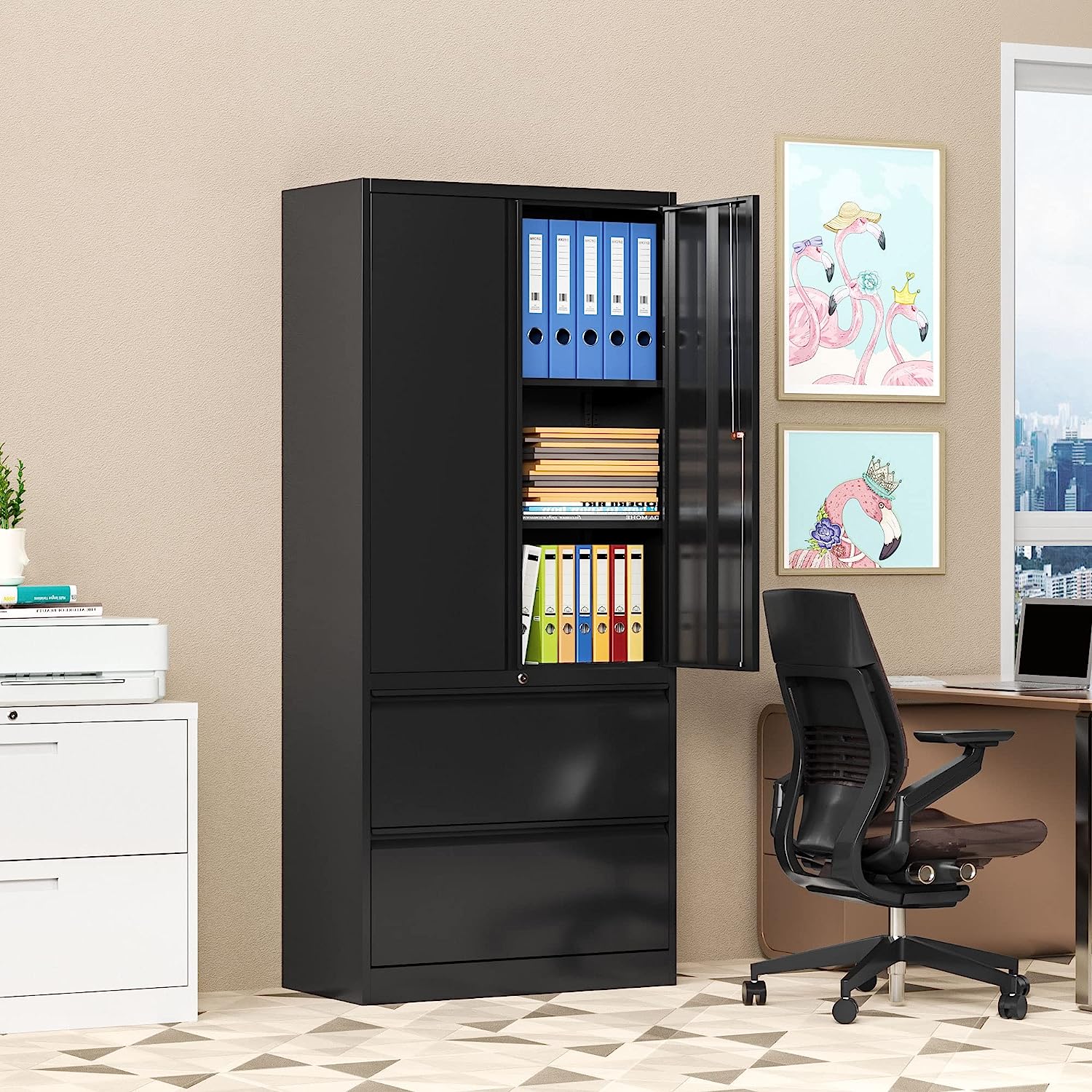
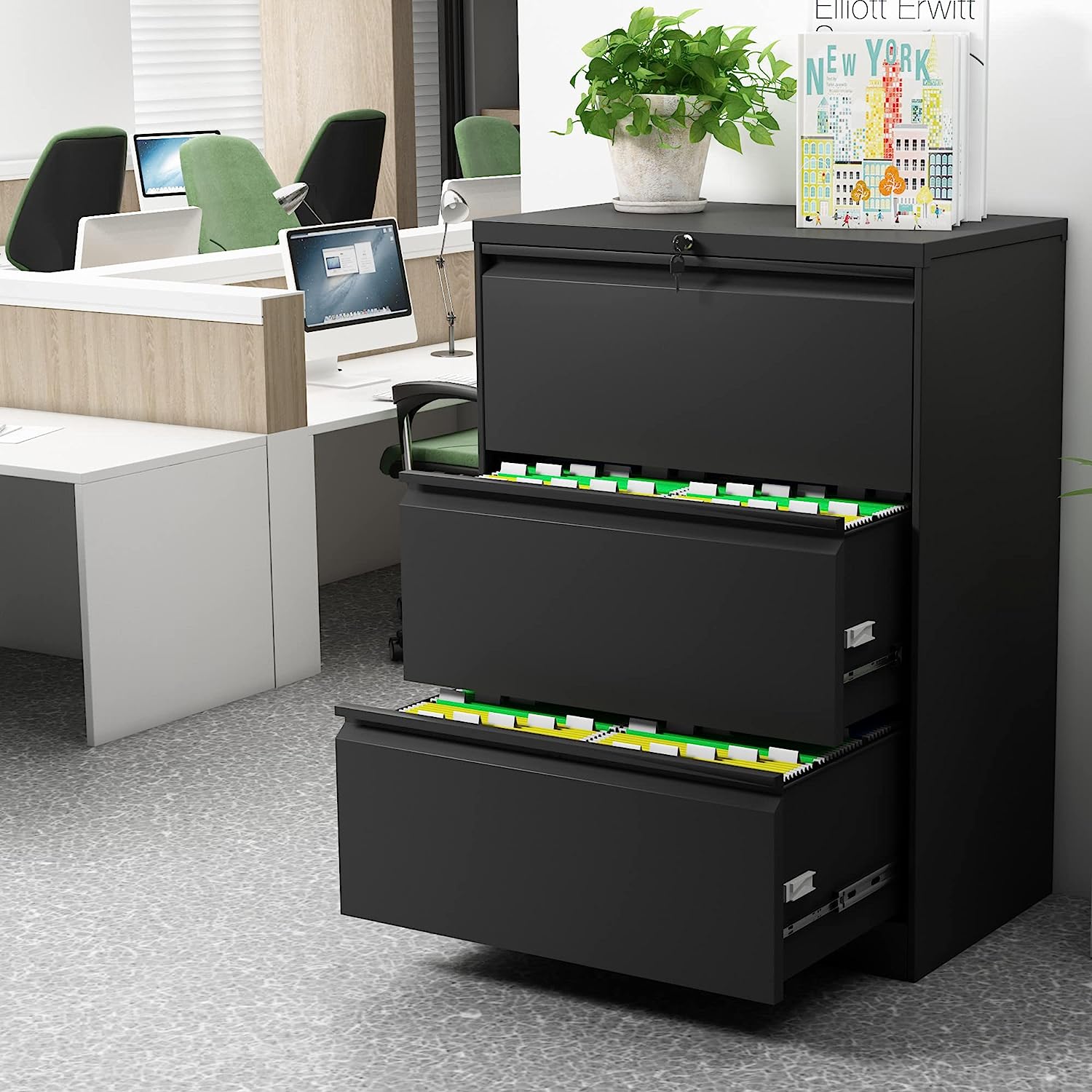
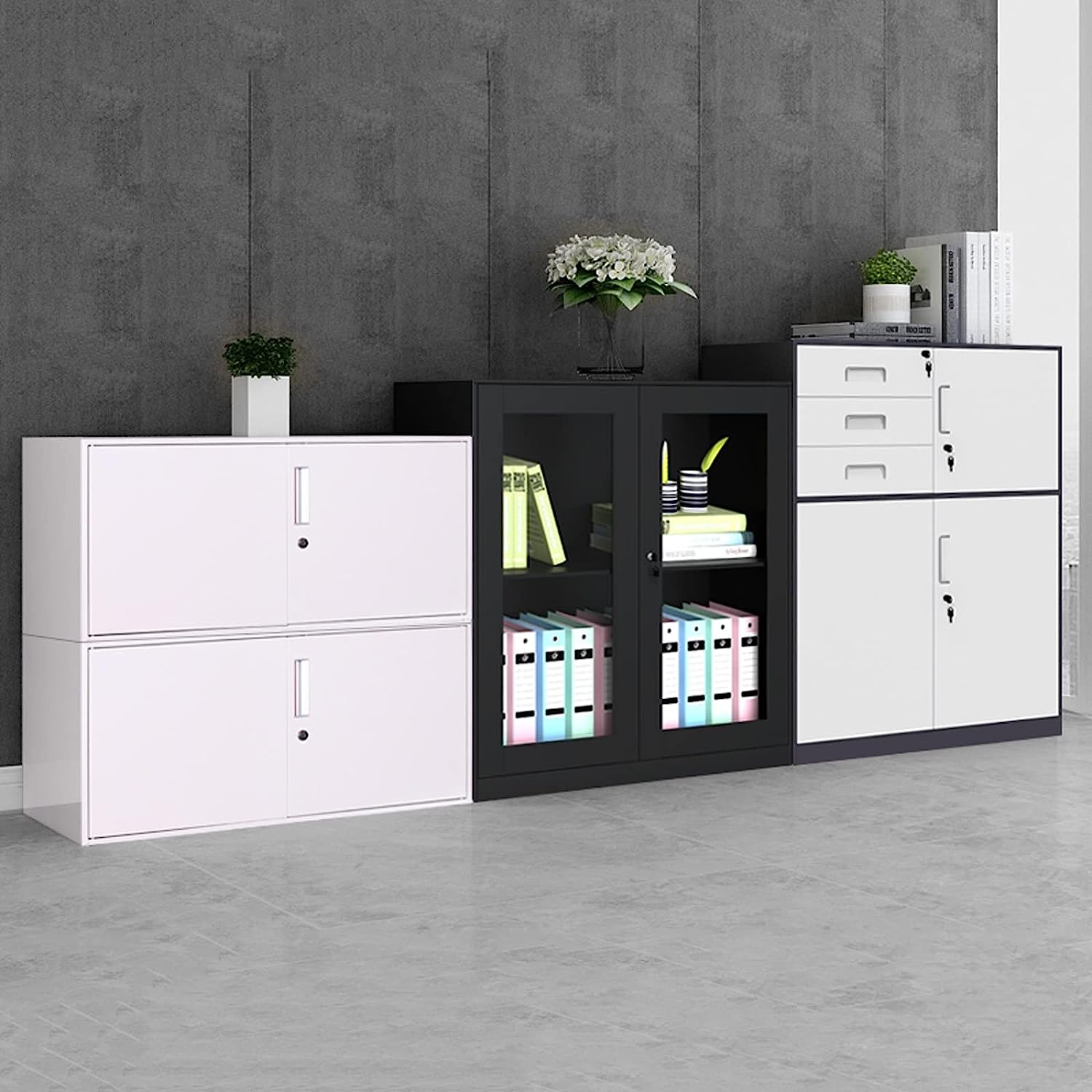
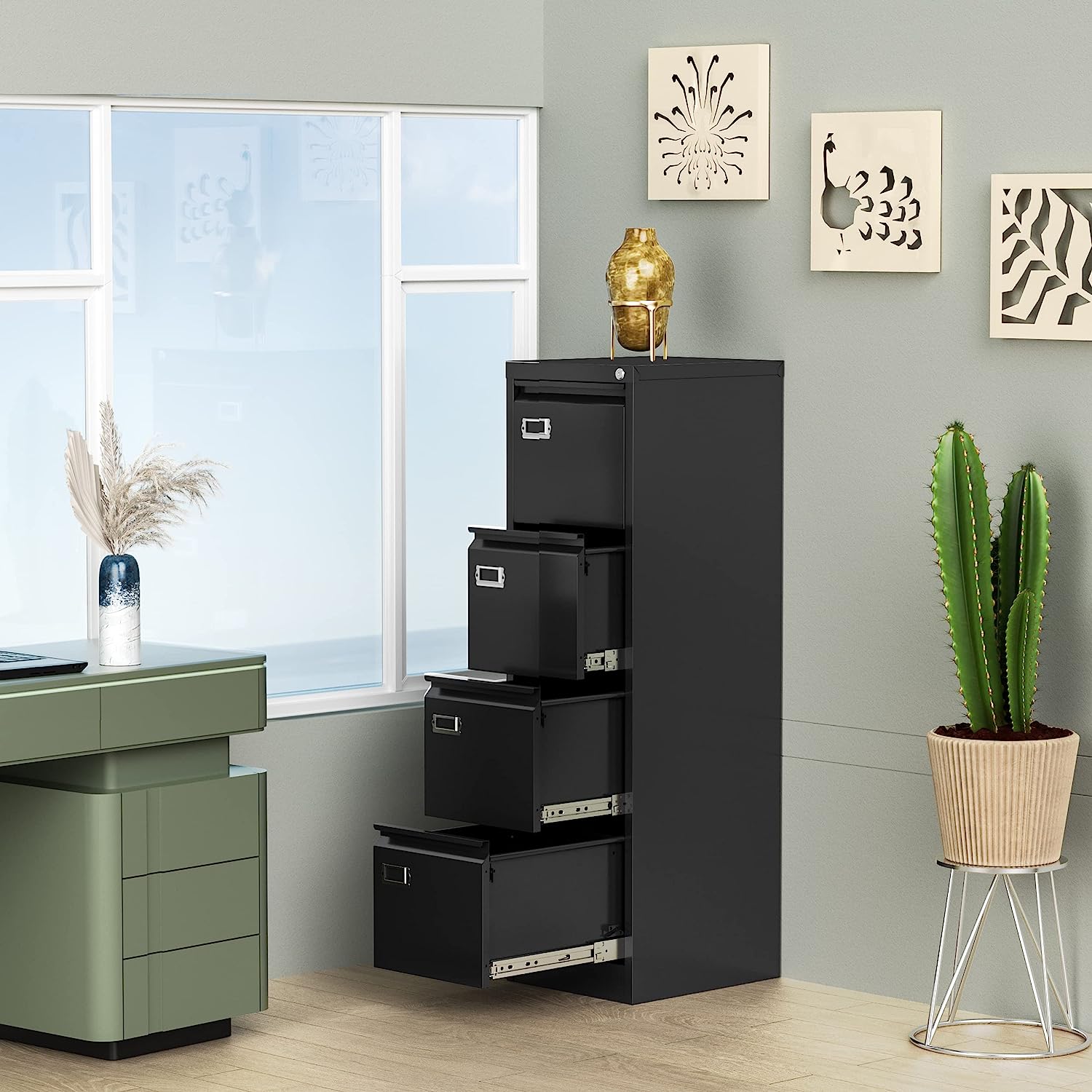
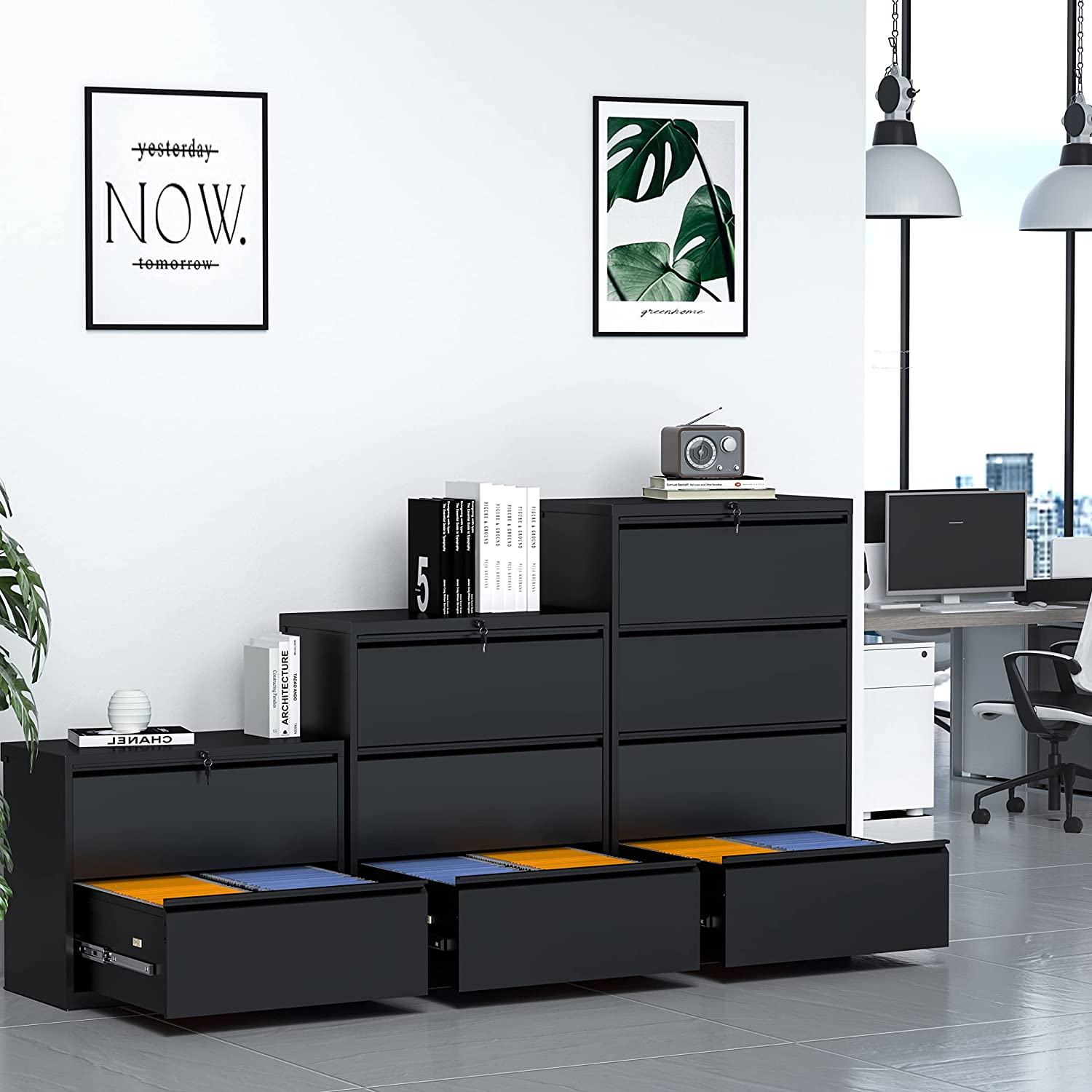
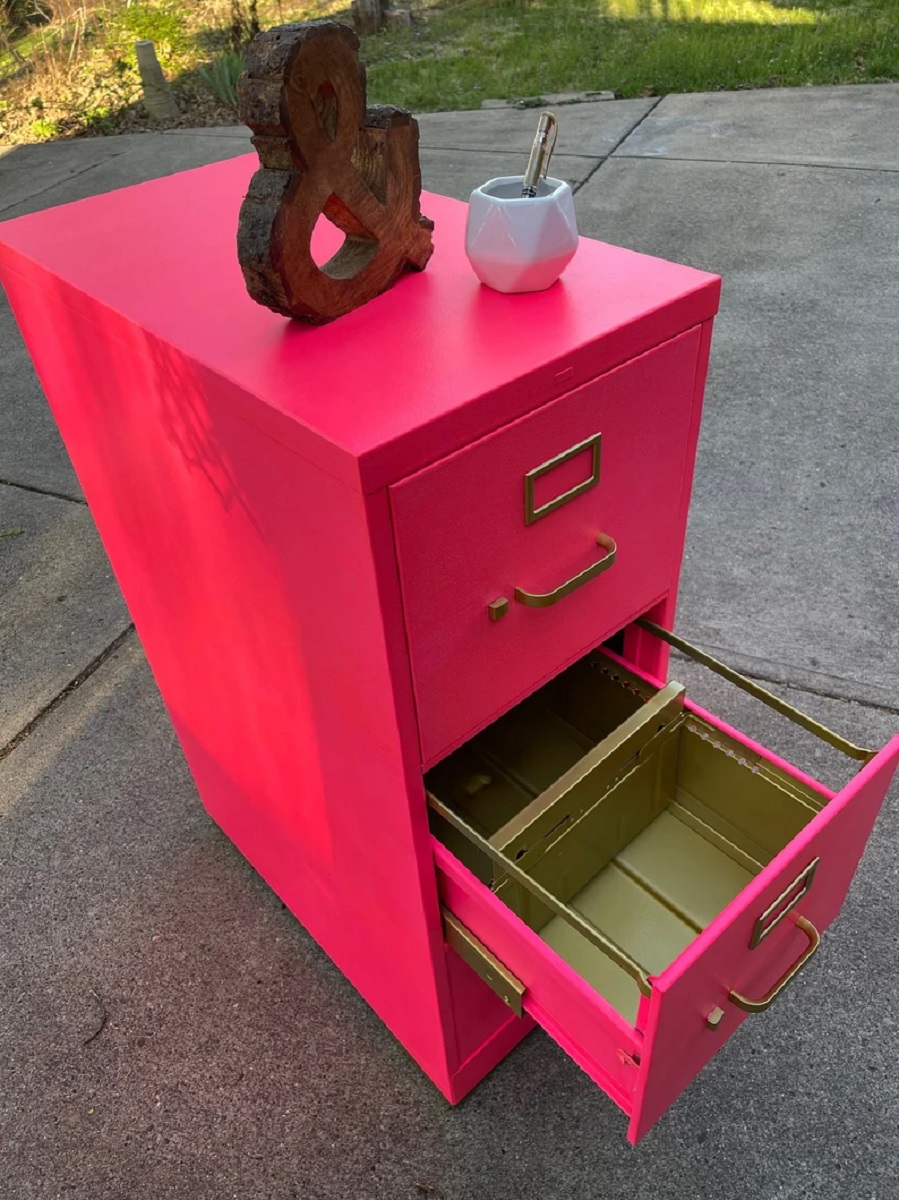
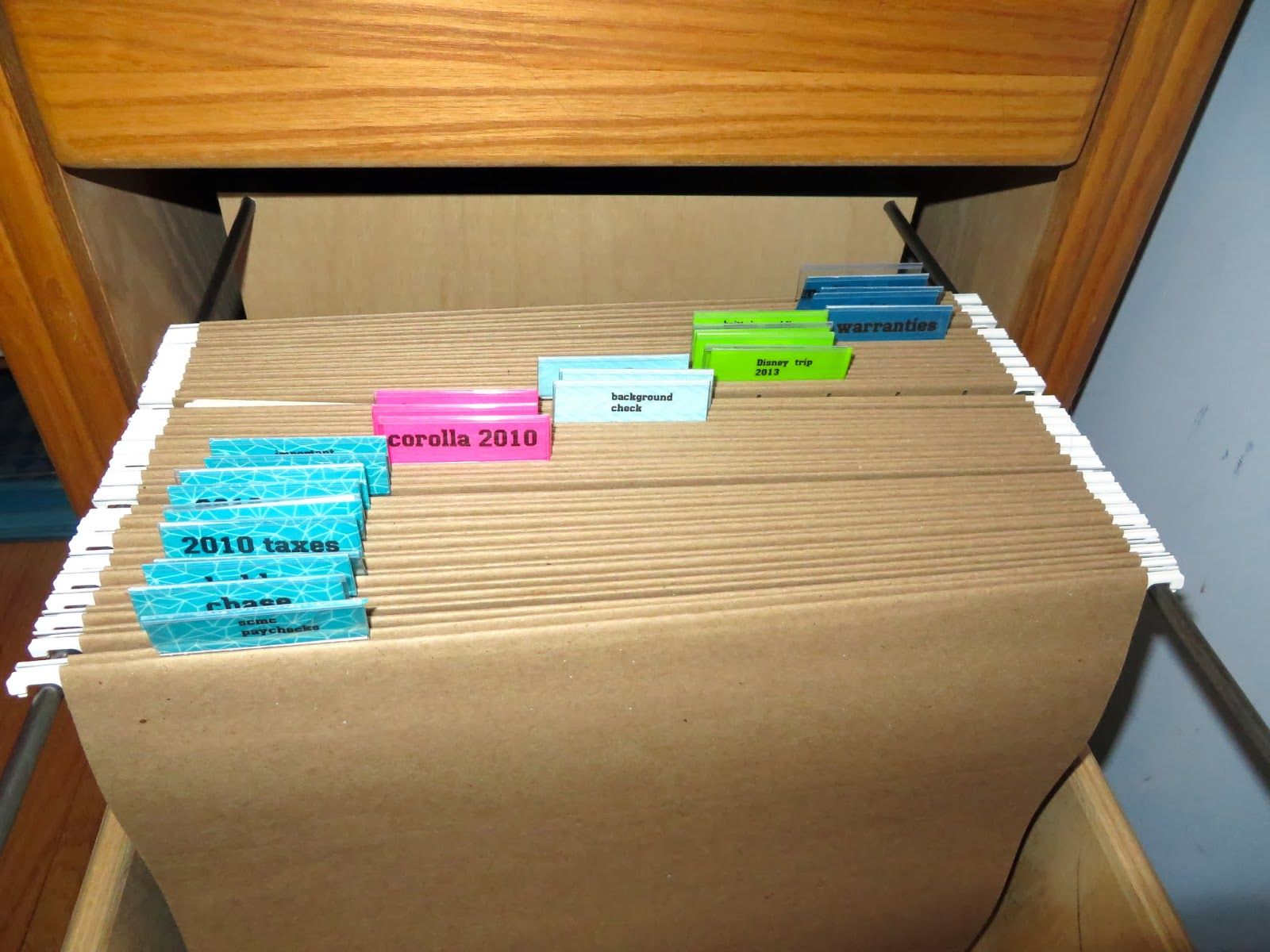
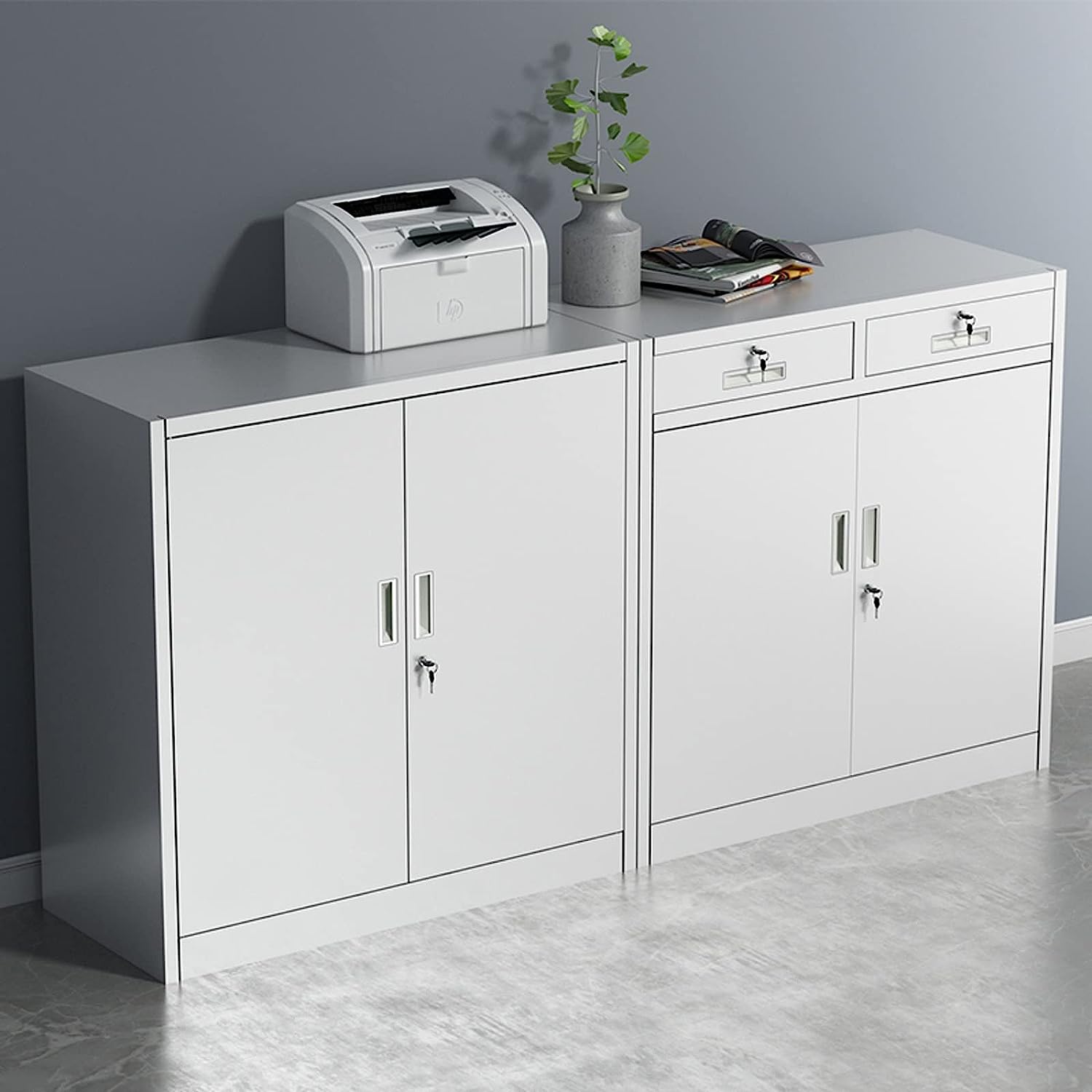
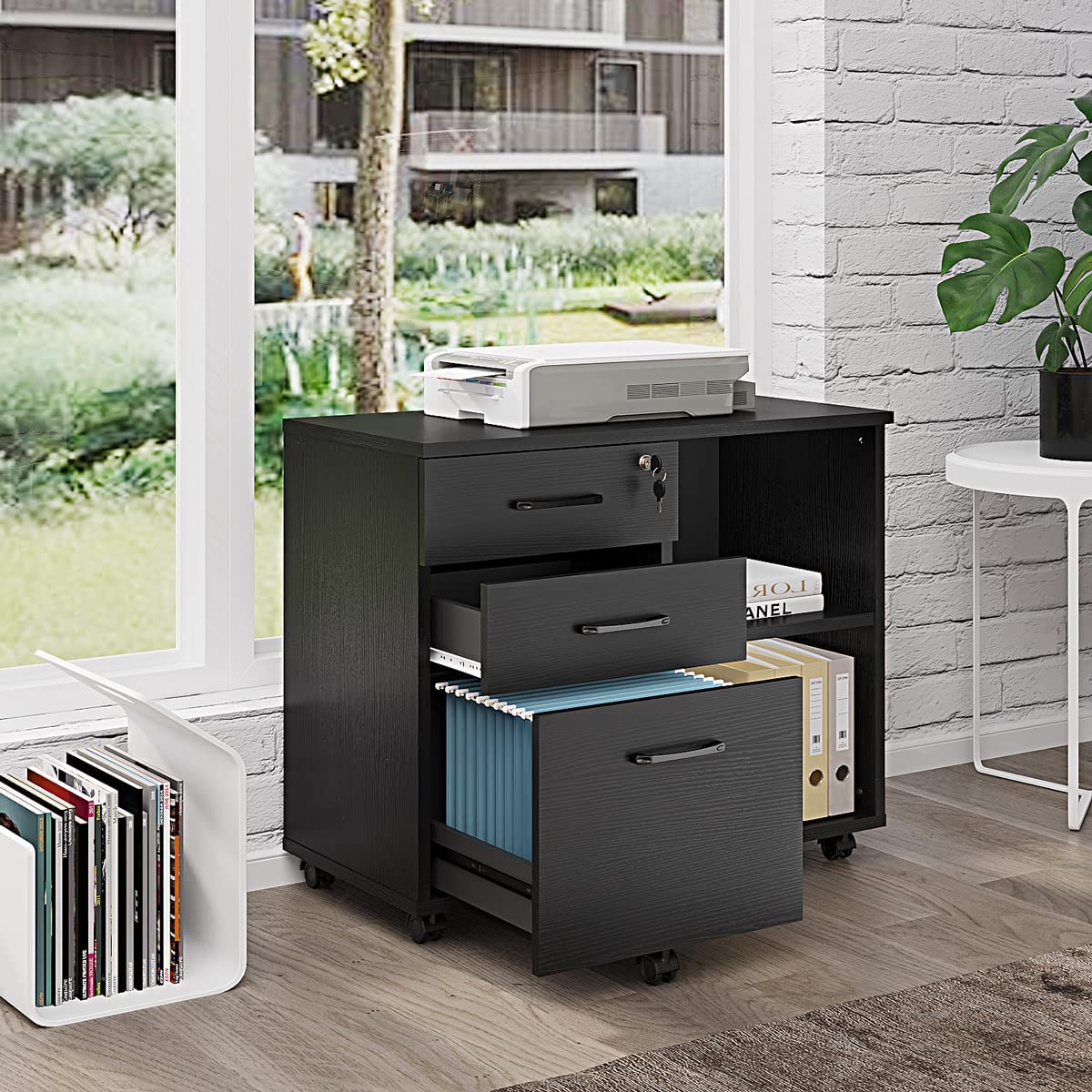
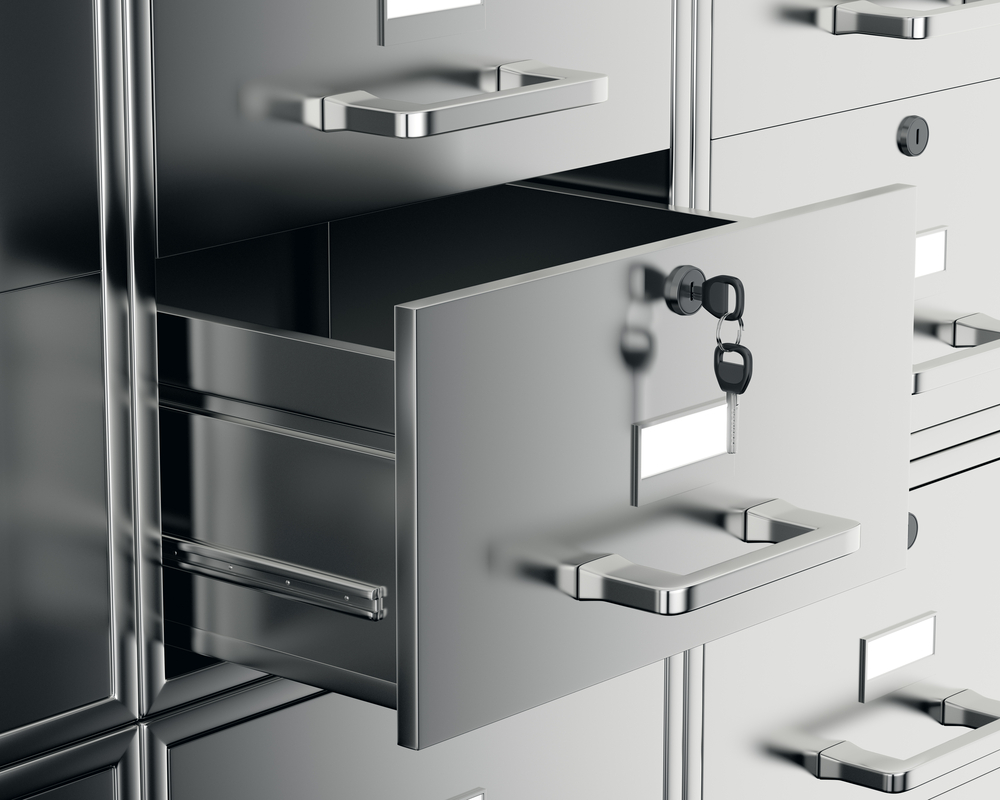
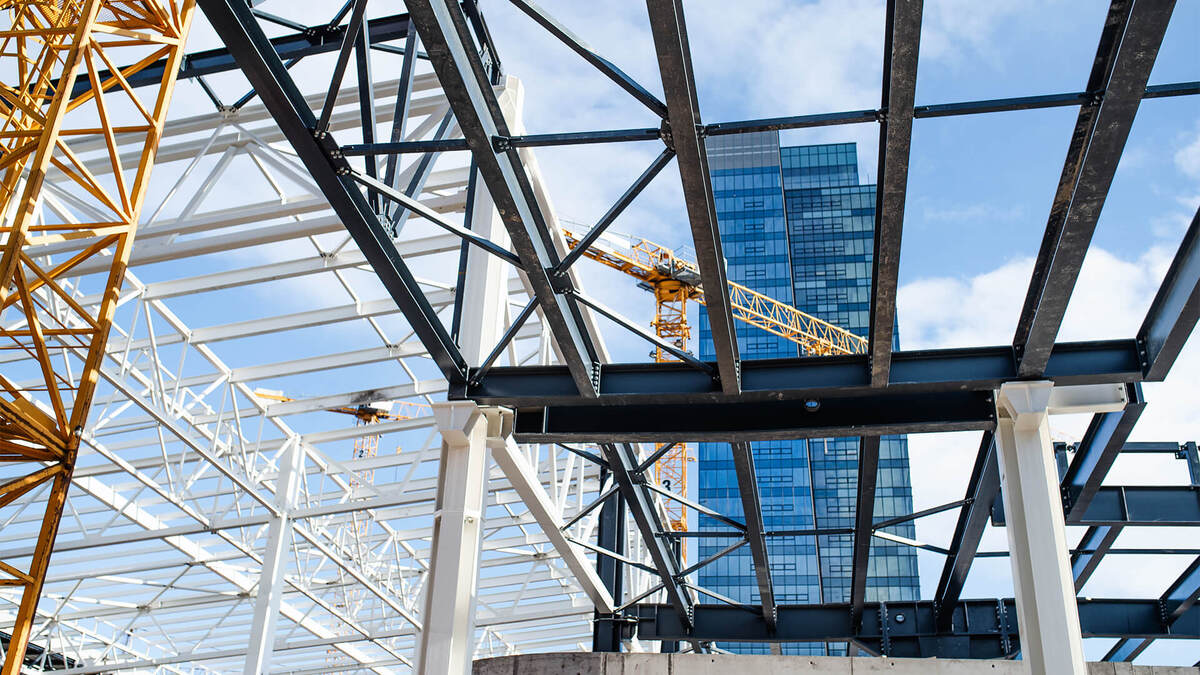
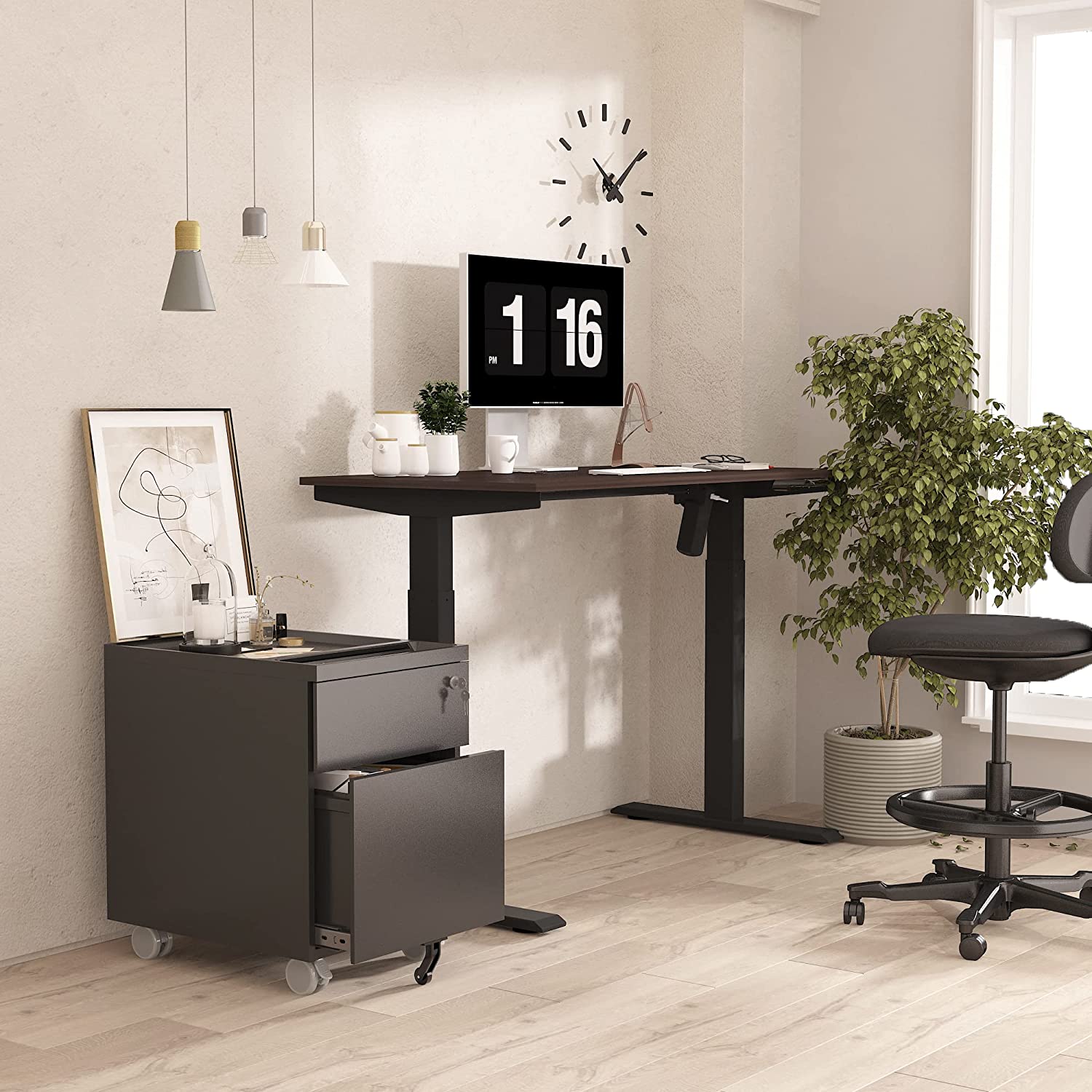
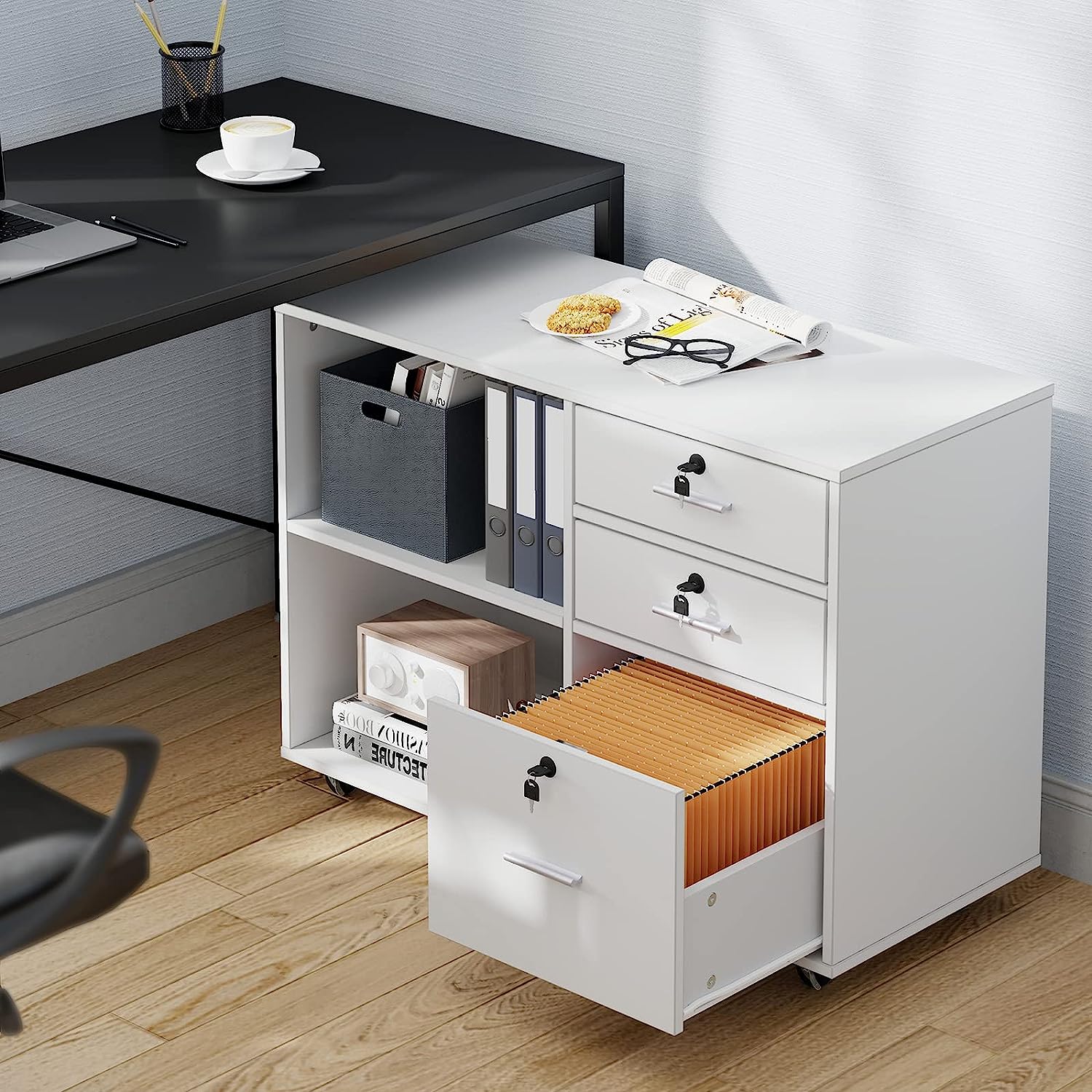
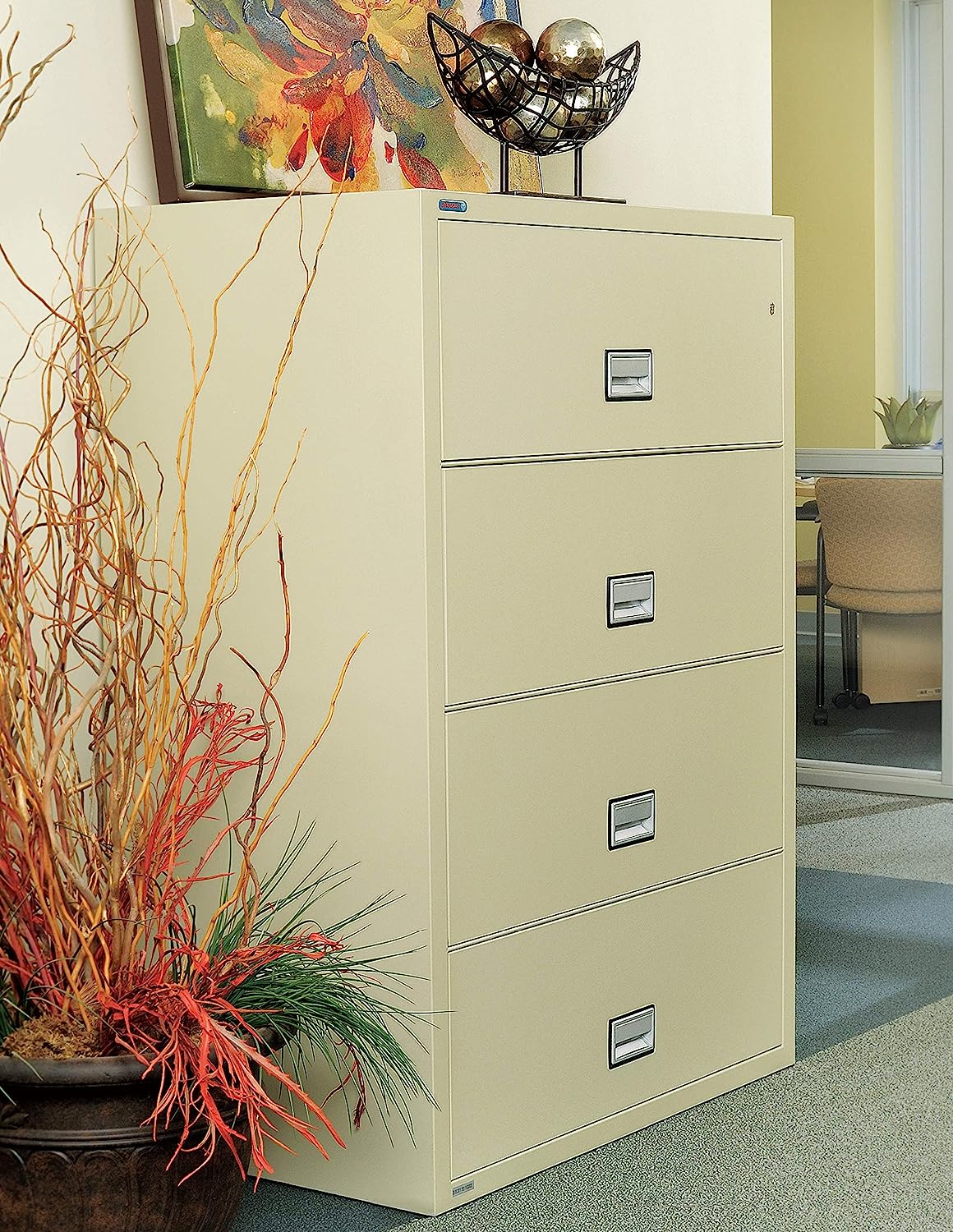

0 thoughts on “What Is A Lateral File Cabinet”